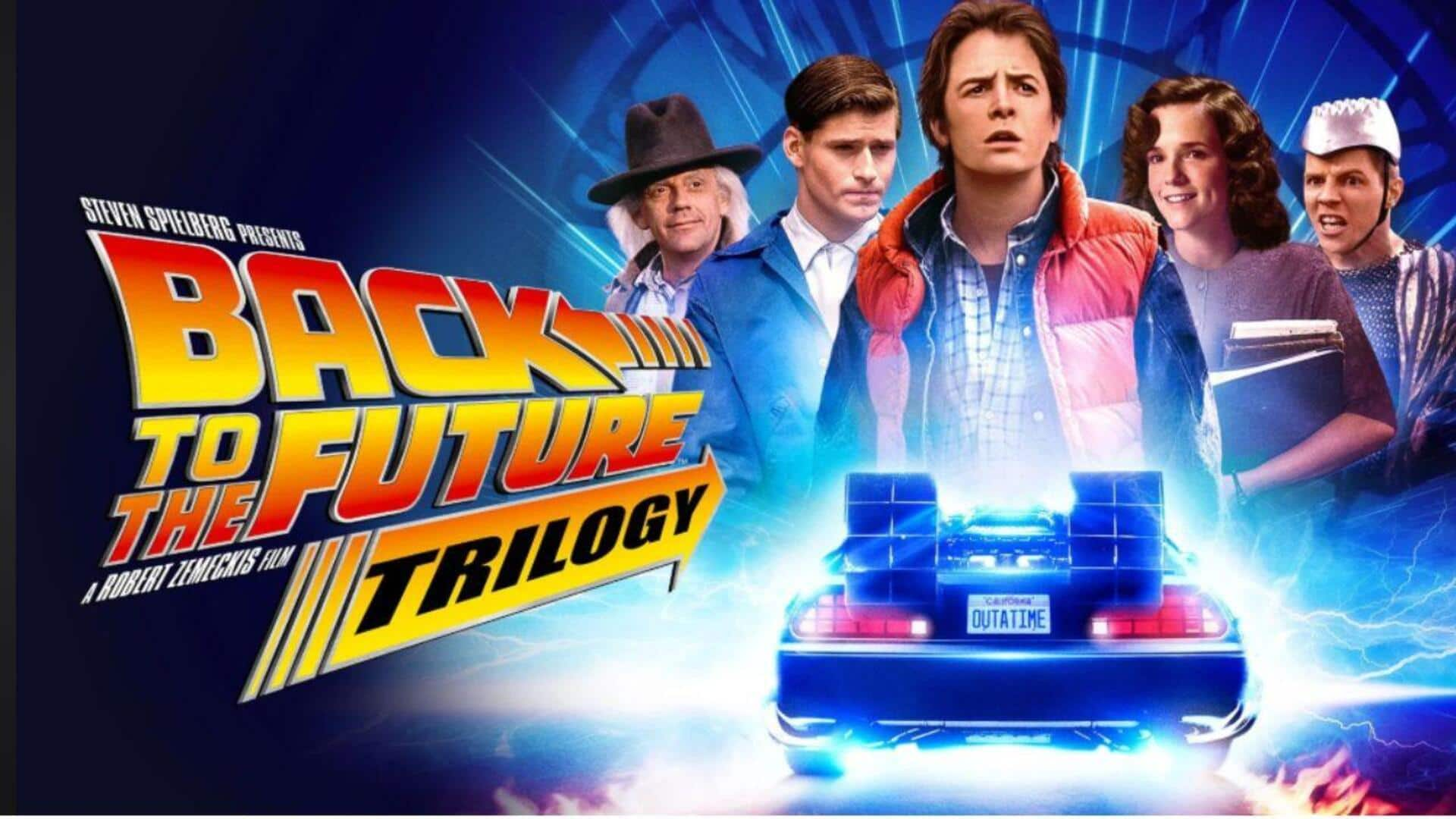
'Back to the Future' got these tech predictions wrong
What's the story
Back to the Future Part II gave us a glimpse of what the future could be like, but many of its tech predictions remain unfulfilled. While some of the film's visions were way ahead of their time, others didn't quite pan out. Here's a look at some of the movie's tech predictions and how they differ from today's reality.
#1
Hoverboards: A missed ride
One of the most iconic technologies from Back to the Future Part II is the hoverboard. While we do have some hoverboard-like devices today, they don't exactly float in mid-air as depicted in the movie. Real-life hoverboards rely on wheels and gyroscopic technology to give a similar experience. The dream of a true hoverboard, however, remains unfulfilled.
#2
Flying cars: Still grounded
The film also featured flying cars as a common mode of transportation in 2015. While there have been advances in drone technology and vertical takeoff and landing vehicles, we still don't have flying cars for everyday use. Regulatory challenges, safety concerns, and high costs have kept this dream grounded.
#3
Video calls: A reality check
Back to the Future Part II also predicted video calls would be common by 2015. While this prediction did come true with platforms like Skype and Zoom, the movie's depiction was more advanced with holographic displays. Today's video calls are more practical than futuristic, but they have become an integral part of our lives.
#4
Automatic clothing: A fashion faux pas
In the film, Marty McFly's jacket automatically adjusts its size and style to fit him perfectly. While we've seen some advancements in smart textiles, such as moisture-wicking fabrics and temperature-regulating materials, we don't have clothing that can change its form or style on command. The concept remains intriguing but far from reality.
#5
Instant food: Still cooking
The movie also showed instant food preparation with a futuristic device that quickly rehydrates pizza to its full size. While microwave ovens have made cooking faster than traditional methods, they don't replicate the movie's instant food preparation technology. Advances in food science continue to explore new ways of cooking, but the dream of instant meal preparation as depicted in the film remains unfulfilled.